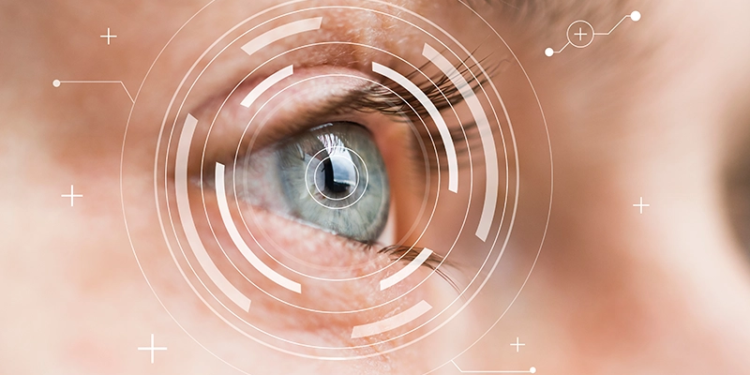Dear ListServ,
I want to thank everyone who took my recent survey. I promised that I would share with you some of the results from my survey. I am still processing the data to draw more conclusions, but I thought I would tell you about some of the results.
The number of survey takers was exactly 130, but 31 didn’t answer the second page, so my total survey cohort was 99 which made the percentages to actual values almost equal. I used a filter to only use answers from participants who answered the entire survey. I will give you some of the numbers from each of the questions.
1) What best describes the number of years of experience you have in clinical practice? (Choose 1)
The largest group was those with 20 or more years of experience at 22.2%, 80.8% cumulatively indicated they had 5 or more years. The smallest number was 7.1% of less than 2 years of experience
2) Approximately how many feet do you order per week ? (Choose 1)
The largest group with 53.5% was 0-2 feet per week, Second highest was 2-5 with 43.4% so 0-5 feet per week constituted 96.9% of all answers
3) How many different types of designs to you typically choose from when selecting a foot for a prosthetic patient? Specifically how many feet do you consider your “primary” choices? (Choose 1)
The largest group was 24.2% with 4 different feet. 3 feet was 17.2%, 5 was 21.2% 6 was 13.1%. Choosing from 3-5 feet included 62.6% of the answers, and 3-6 was 75.7%. There was a drop off at 7,8, and 9 feet, but 14.1% said they chose from 10 or more.
4) Choose the top 4 Clinical Selection Features when choosing a prosthetic foot? (Rank from #1 to #4 Importance, #1 being Highest Priority)
There was a lot here that I need to sift through, but using a weighting scale the top rating average was Amputation level at 3.100, followed by “Evidence Based Quantitative Data” and “Special Vocational/Avocational Feature” at 2.87 and “Maximum Stability and Balance” at 2.81. Lowest was “Warranty and Maintenance” at 2.05.
5) Estimate the percentage distribution of your patients by activity level. (Must add to 100%)
This was almost a perfect distribution with “One Speed Walking/Occasional Fast Speed Walking” getting 38.2% followed by “Standing/One Speed Walking” getting 27.18% and “Frequent Fast Speed Walking/Occasional Running” getting 19.25. Cumulatively these received 84.63% of the distribution.
6) When describing uneven terrain for Multi-Axis what four factors are the most important. (Choose 4)
Definitively, prosthetists chose outdoor activities as most important for choosing multiaxis feet. Exterior slopes, grass, pavement, and ground constituted 78.33% of the response counts. The largest was Exterior Ground with 91 counts and second was Exterior Slopes with 87 response count. The lowest was Interior Hard Floor at 7 response counts.
7) How would your rate the following features that are typically found in Dynamic Response Feet?
Again I need to breakdown the answers more but the larges rating average with 4.27 was “Inversion-Eversion(Split Toe) Forefoot” for a dynamic feature. The second with 4.13 was “Midfoot Rolling Mechanism”. Third was “Integrated Shock Absorber” with 3.76 rating average. The lowest was “Cushion Foam Heel” at 2.20
8) What 4 “Rules of Thumb” do you typically follow when choosing a foot design? (Choose 4)
The top rule of thumb was “Reimbursement level greatly influences component choice” with 57 Response counts. The second was “The more proximal the Amputation, the softer the heel at 53 response counts, third was “ISO Testing insures Durability and Performance” at 52. The lowest was “Heavier patients should have a less dynamic foot” at 7 response counts. I am still sifting through the distribution.
9) How long do you feel Dynamic Response Feet should last? (Choose 1)
The largest number was 3 years at 35.4%, with 5 years second at 26.3%. 3-5 years included 82.9% of responses. 6-7 years constituted only 1.0%
10) What 4 statements would you use to describe the feet you recommend most often? (Choose from #1 to #4 based on Importance, #1 being Highest)
“High Tech Design” was highest at 3.36 Rating average. The second highest rating average with 2.83 was “Physiologic Motion” and at 2.11 was “Past Positive Experience.”
Some of my early conclusions are that we really draw from 3-6 foot designs (although 14% use 10 or more). Other than amputation level, as a group we would prioritize “Evidence Based Data” and the “Special Features” of feet quite highly. As expected “One Speed Walkers/Occasional Fast Speed Walkers” are our largest functional group. Outdoor activities are the biggest reason we look to multiaxis designs. With respect to features we desire Inversion-Eversion, Good Rolling Motion, and Integrated shock as most important. We primarily follow Rules of Thumb regarding Reimbursement, Stability enhancement, ISO testing when choosing feet. Most of us feel feet should last 3-5 years, and finally we look to “High Tech Designs” that provide “Physiologic Motion” that we have prior “Past Positive Experiences” when making a foot choice.
I am going to look into this farther and create a more complete analysis into how we choose prosthetic feet.
Thanks again,
Gerry Stark
Gerald Stark, MSEM, CPO/L, FAAOP
VP of Product Development & Education
The Fillauer Companies, Inc.
[email protected]




